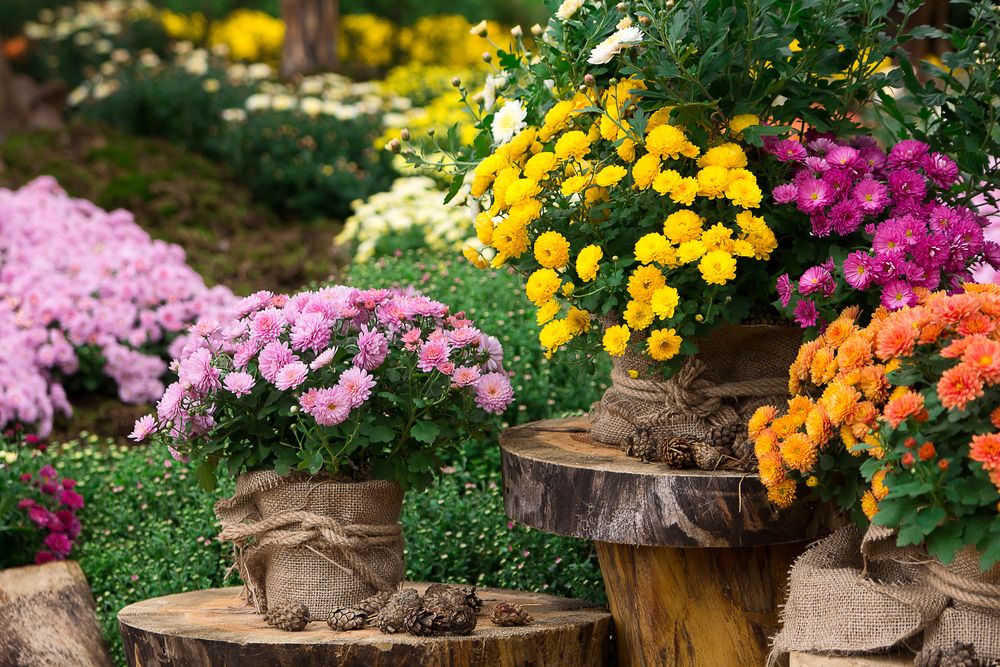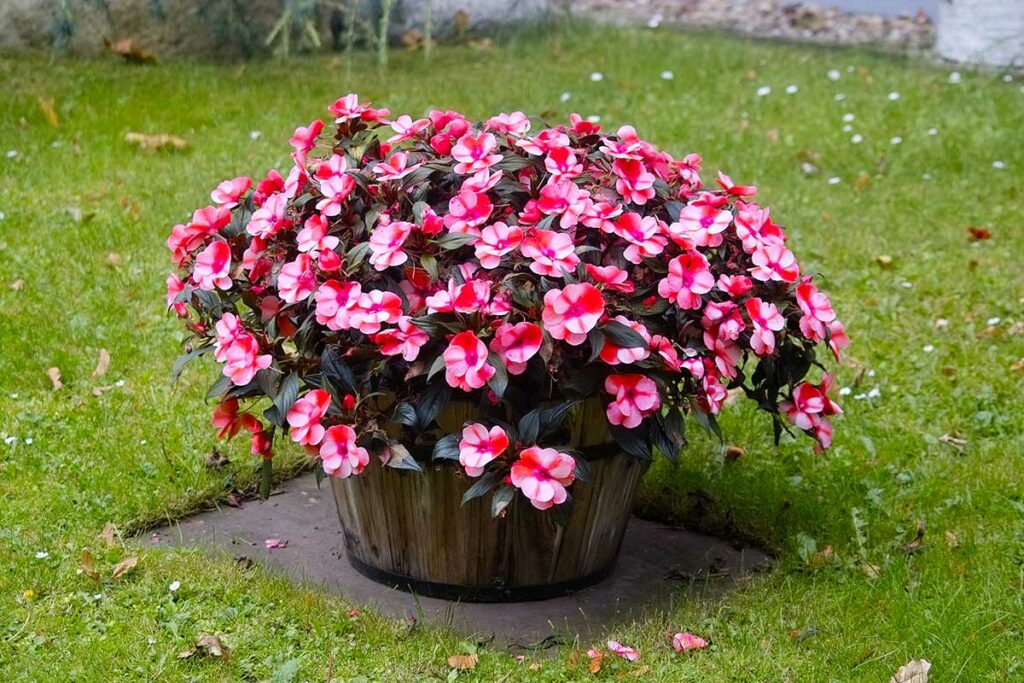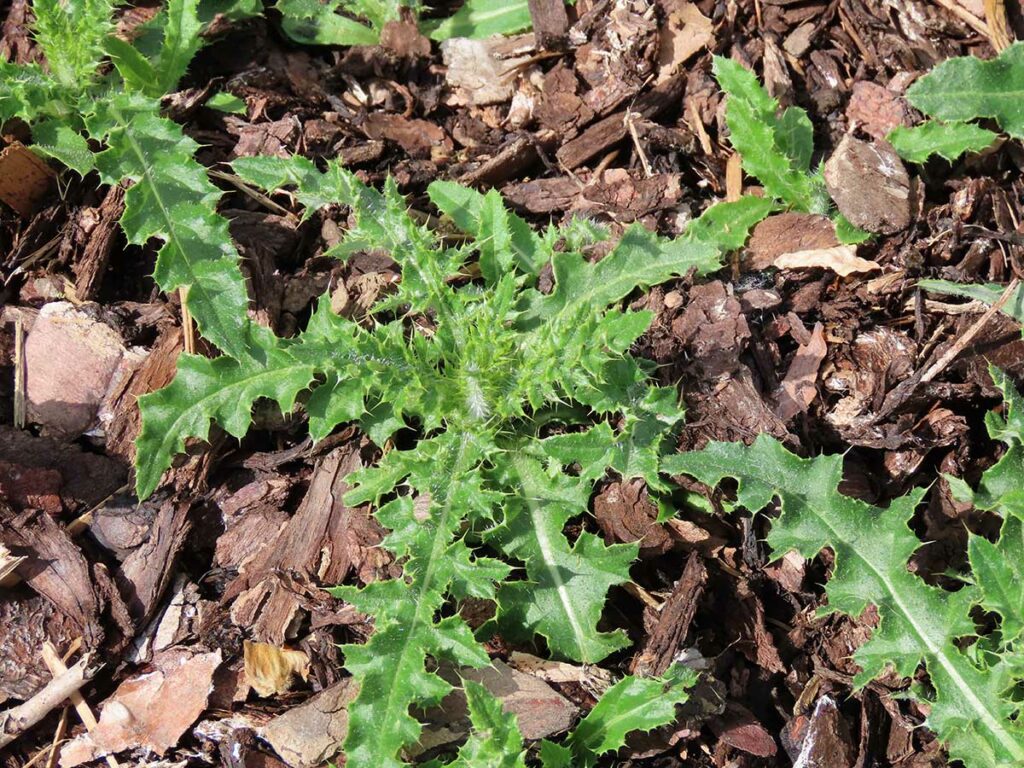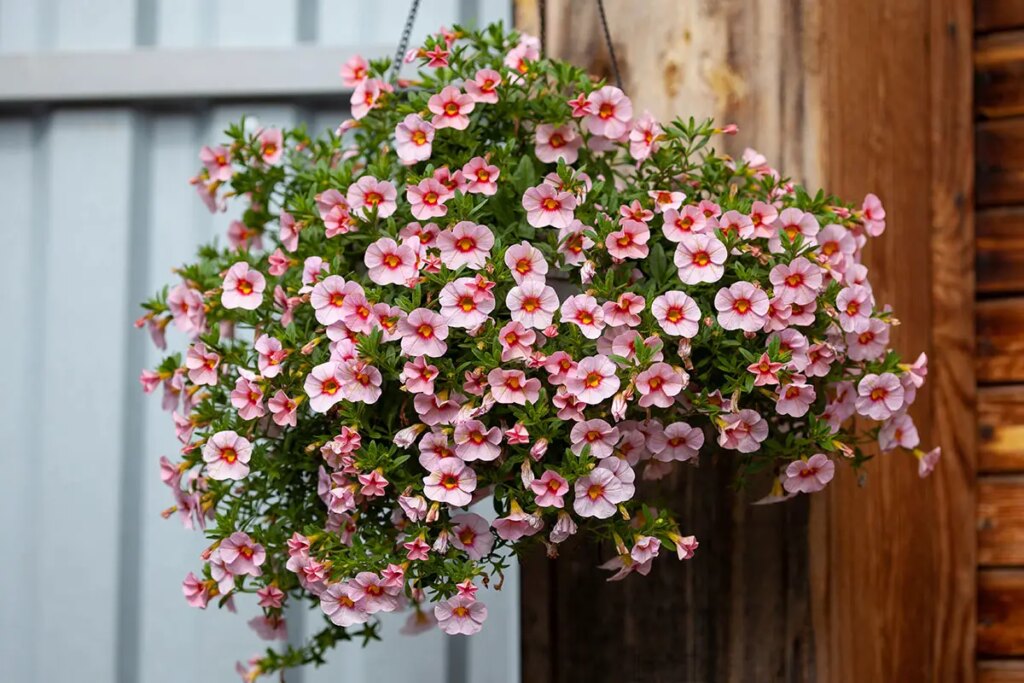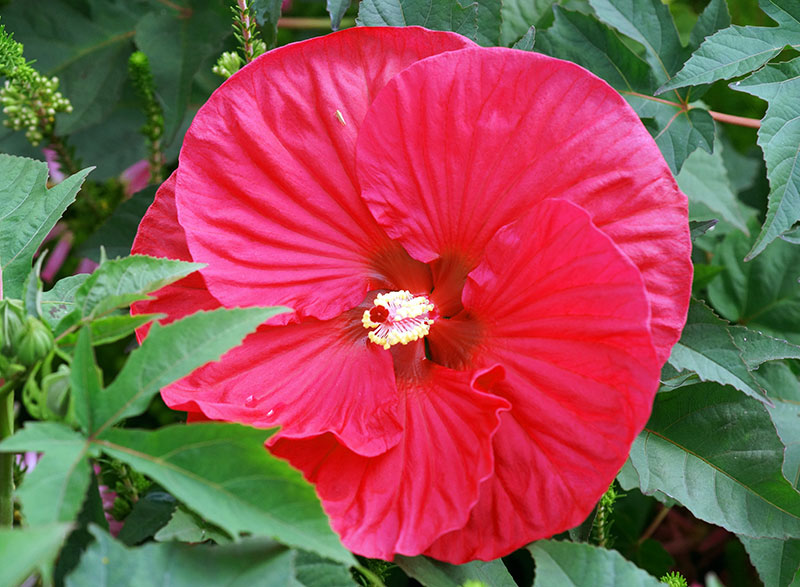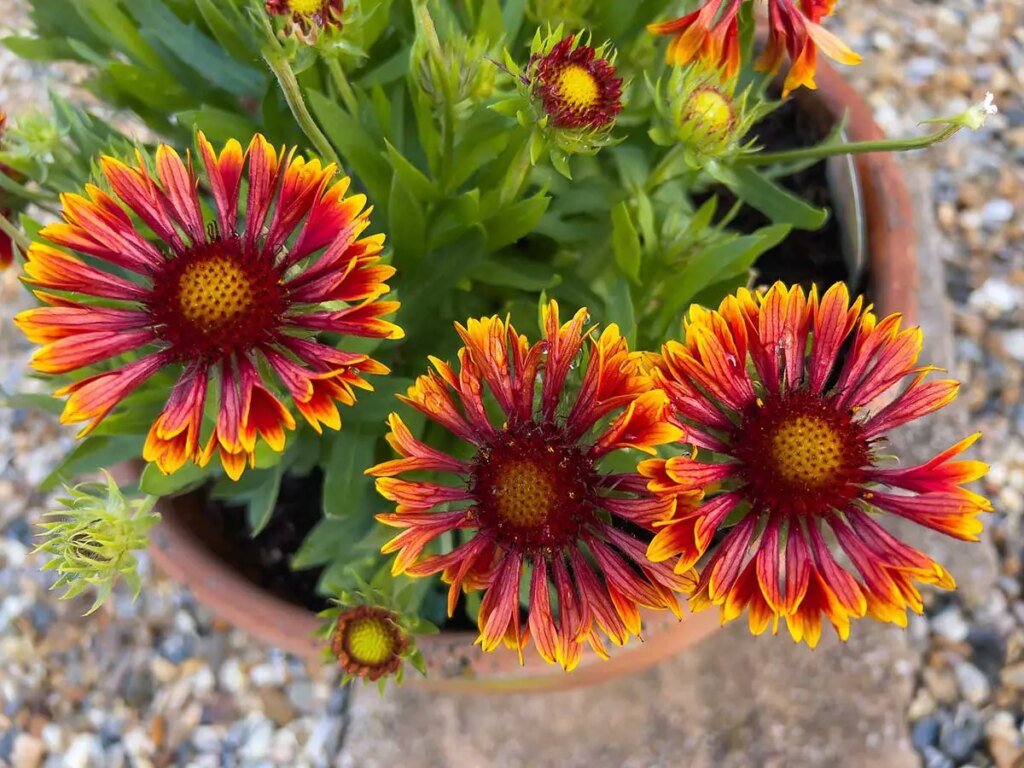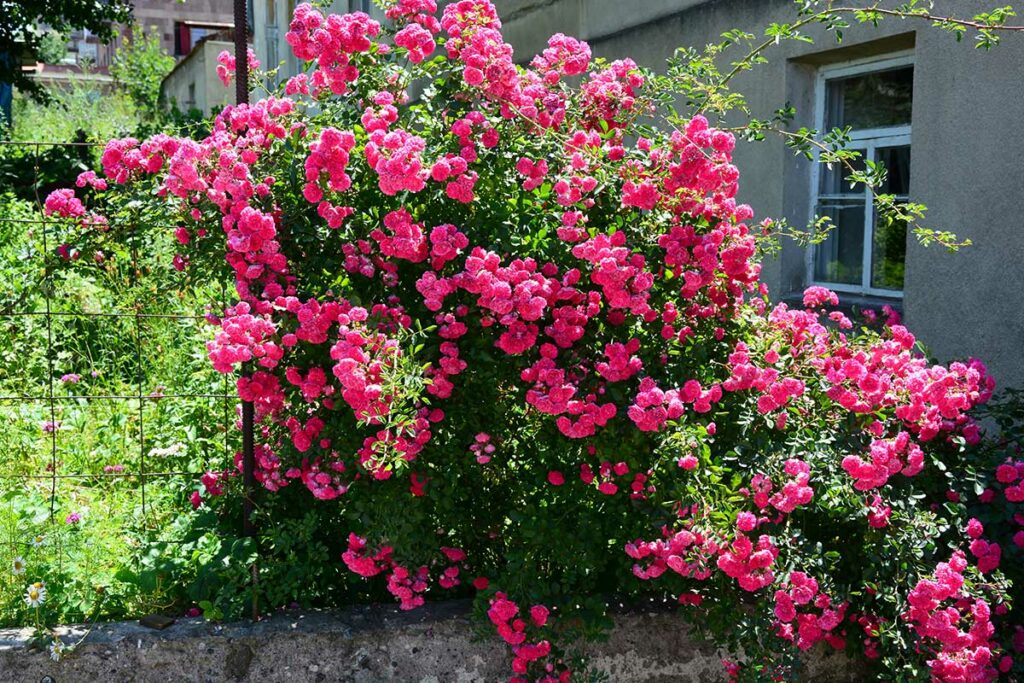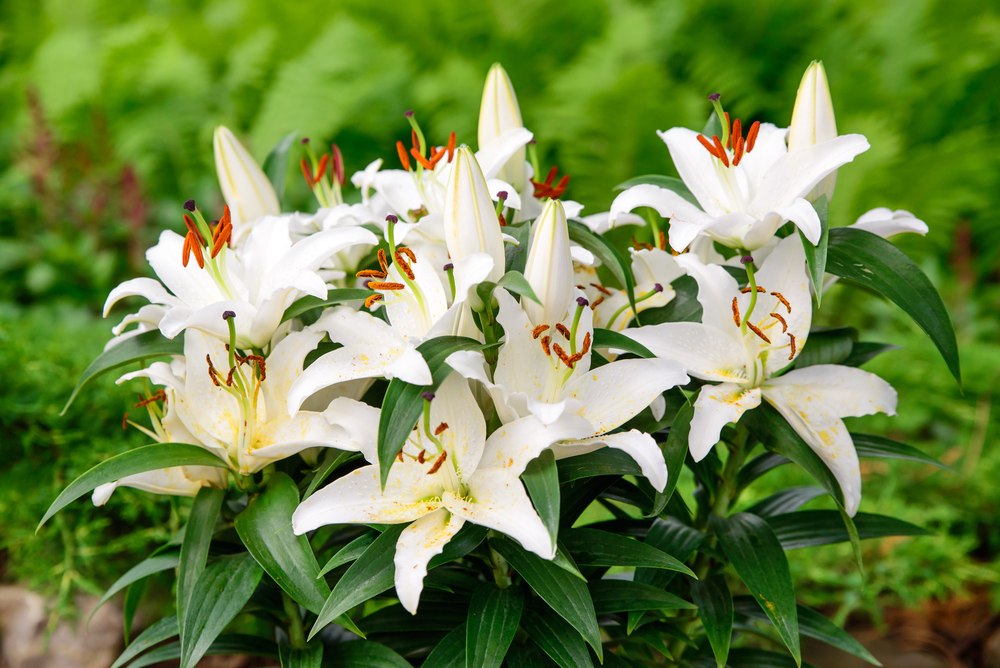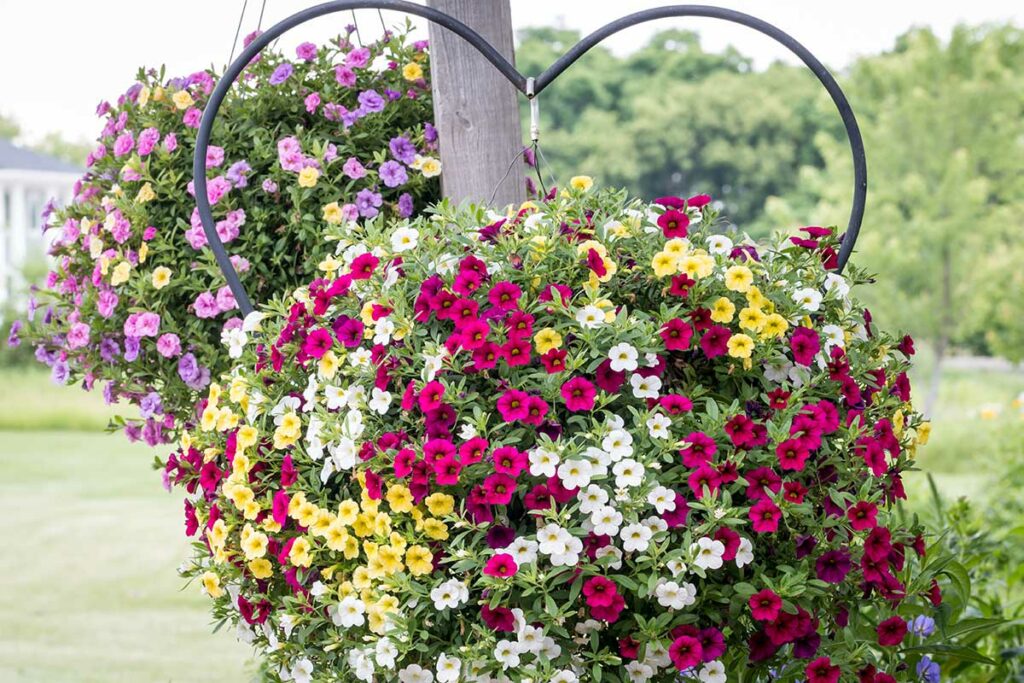
Wave petunias are a popular choice among gardeners for their vibrant colors and ability to thrive in various environments.
Their cascading blooms can transform any garden or container into a spectacular display. To help you achieve that stunning garden, let’s discuss some valuable tips on how to keep wave petunias blooming throughout the season.
Nurturing your wave petunias properly begins with selecting the right location for planting. Ensuring your wave petunias receive ample sunlight is essential for their growth, as they require at least six hours of direct sunlight each day.
Additionally, providing adequate water and well-draining soil will contribute to their overall health and help sustain continuous blooms. Regularly deadheading wilted flowers will encourage new blooms and prevent the plant from using energy on seed production.
Fertilizing is another important aspect of caring for your wave petunias. Incorporate a balanced slow-release fertilizer when planting and continue to provide nutrients with a water-soluble fertilizer every two weeks.
Following these simple yet effective tips, you can expect your wave petunias to flourish and bring joy to your garden throughout the season.
Selecting the Right Location
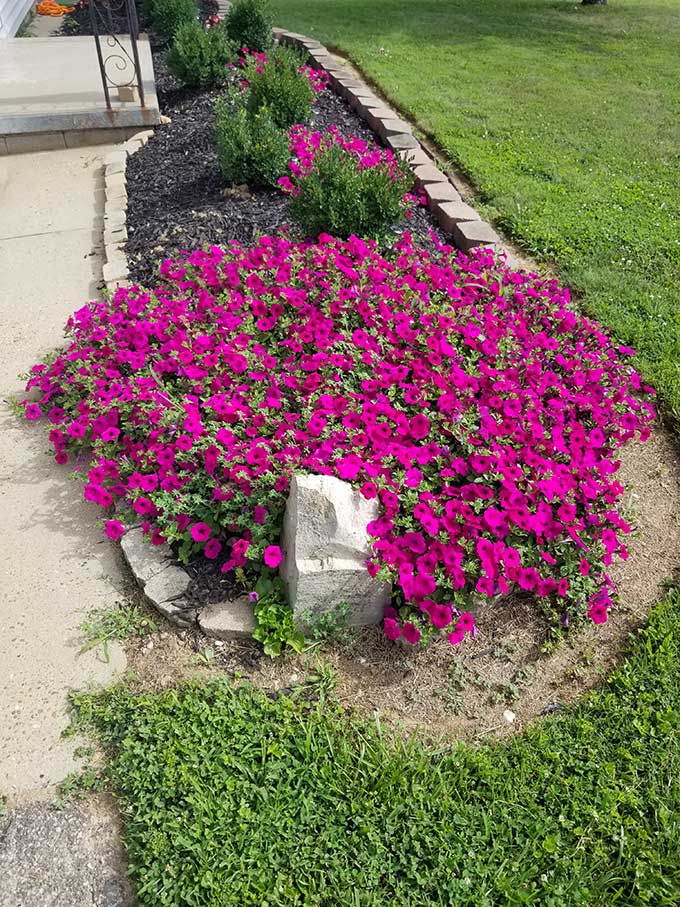
Sunlight Requirements
Wave petunias thrive in full sunlight, so be sure to provide at least 6-8 hours of direct sunlight each day. Choose a location in your garden that receives ample sunlight, or place potted plants in a sunny spot on your patio or balcony. Keep in mind that too much shade can cause petunia blooms to become sparse and less vibrant.
Proper Drainage
It’s essential to provide proper drainage for your wave petunias to prevent root rot and keep the plants healthy. If you’re planting them in the ground, create raised beds or amend the soil with organic matter, such as compost or peat moss, to improve drainage.
For container-grown petunias, make sure you use pots with drainage holes and a high-quality potting mix that allows for good water movement.
Remember, it’s important to water your petunias consistently but avoid overwatering. Keeping the soil moist, not soggy, is the key to success. By selecting the right location with adequate sunlight and proper drainage, you’ll give your wave petunias the best chance to produce beautiful, long-lasting blooms.
Soil Preparation
Soil Composition
To keep your wave petunias blooming, it’s important to start with the right soil composition.
Choose a well-draining soil mix, ideally one that is light and airy. You can create your own blend by mixing equal parts of potting soil, peat moss, and perlite or vermiculite.
This combination ensures good drainage, preventing root rot and helping your petunias thrive.
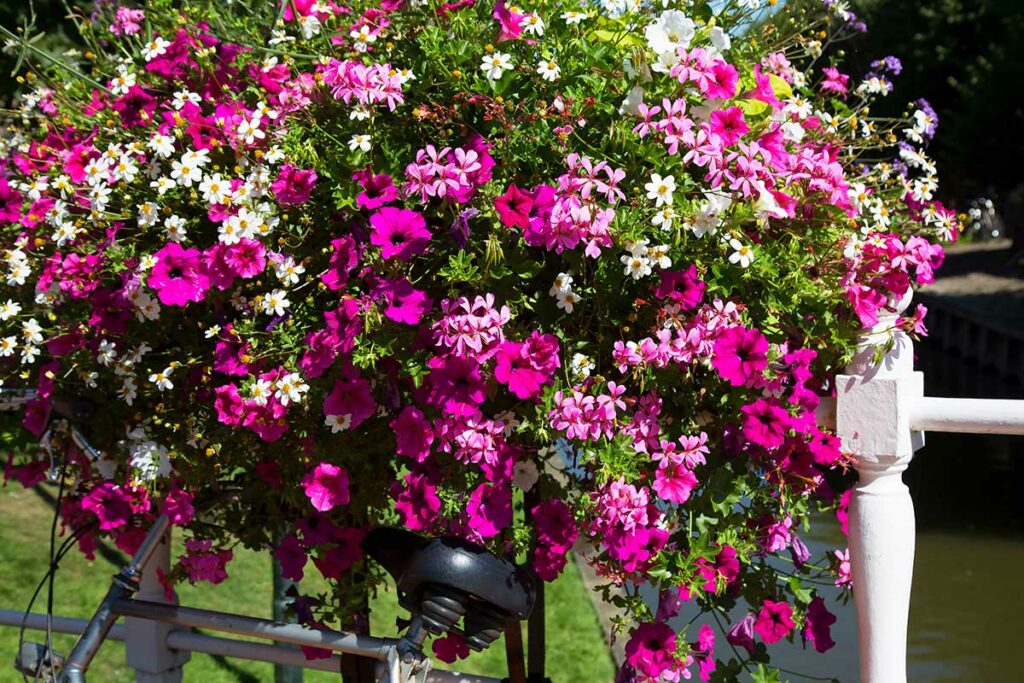
Fertility
Wave petunias require moderately fertile soil to produce their stunning blooms.
Incorporating compost or well-rotted manure into your soil mix will provide essential nutrients for your plants.
Fertilize your petunias regularly with a water-soluble, balanced fertilizer, applying it every two weeks. Be sure to follow the package instructions for the correct dosage. Regular feeding encourages strong growth and continuous blooming throughout the season.
pH
Maintaining the right pH levels in your soil is crucial for healthy wave petunias. They prefer slightly acidic soil, with a pH range of 6.0 to 6.5. Before planting, test your soil using a pH test kit, and amend it as needed. To lower the pH, add peat moss or sulfur; to raise it, use garden lime or wood ash. Monitoring and adjusting your soil’s pH will ensure your petunias have the optimal environment for growth and blooming.
Watering and Fertilizing
Watering Frequency
Wave Petunias need consistent watering to ensure they keep blooming beautifully. Water your plants daily during hot and dry weather, and every other day during cooler or more humid conditions. Be sure to keep the soil evenly moist, but never let the roots sit in standing water, as this can cause root rot.
To provide the optimal amount of water to your Wave Petunias, make sure you water them deeply – around 1 inch of water per session is ideal. This encourages the development of a stronger root system, which ultimately contributes to healthier and more vibrant blooms.
Fertilizer Selection
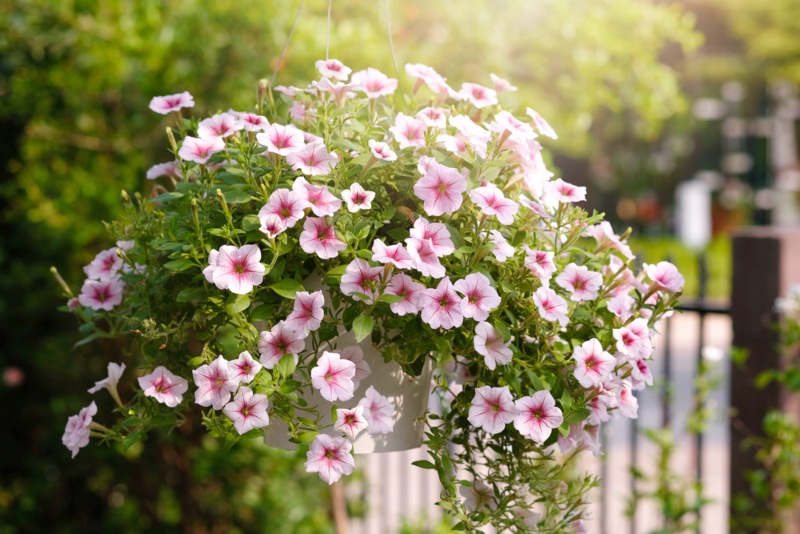
Another crucial aspect of maintaining the beauty of your Wave Petunias is the right choice of fertilizers. Opt for a balanced liquid fertilizer with a 14-14-14 or 15-15-15 ratio, which provides the right balance of nutrients for proper growth and flowering.
To improve nutrient absorption, fertilize your plants weekly during the growing season. Simply mix the fertilizer with water according to the package instructions and apply it to the base of the plants.
Remember that the key to keeping your Wave Petunias blooming is a balance of consistent watering and proper fertilization. Stick to these guidelines and you’ll enjoy a lush display of colorful blossoms all season long.
Pruning and Deadheading
Pruning Methods
Pruning wave petunias is a key practice for keeping them looking fresh and ensuring continuous blooming. To start, trim back any leggy or overgrown stems by one-third to one-half of their length. This will promote bushier growth and more blooms.
Regularly pinch off the tips of new growth to encourage branching. Remember to remove spent flowers as well, as this helps the plant focus on producing new blooms rather than seeds.
Importance of Deadheading
Deadheading, or removing faded flowers, is vital for keeping your wave petunias blooming. It prevents seed production and encourages the plant to produce more flowers.
To deadhead, simply pinch or snip off the spent flowers at the base of the stem. This should be done every few days to keep your plants looking their best and prolong their blooming period. By mastering the art of deadheading, you’ll maintain beautiful wave petunias in your garden throughout the season.





